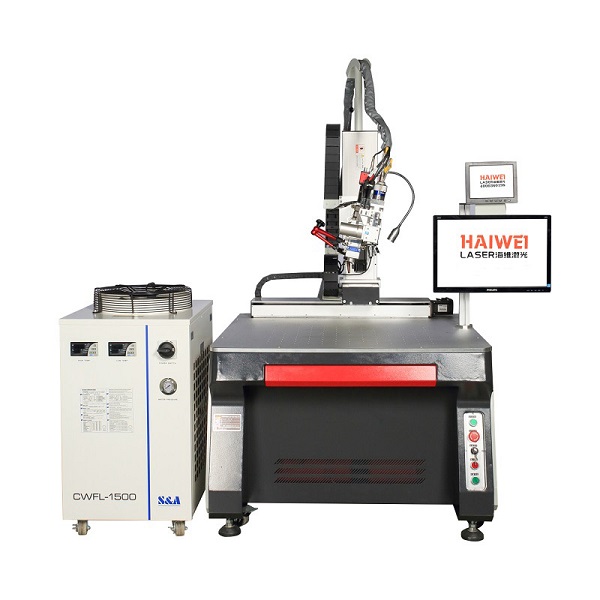Special Measures for Welding Copper and Aluminum with Laser Welding Machines
Welding copper and aluminum presents unique challenges due to their high thermal conductivity and reflectivity. Understanding these materials' properties is crucial when selecting a laser welding machine for optimal results.

1. Material Properties Impact Welding Techniques
Copper and aluminum's high thermal conductivity means they require more energy to reach the melting point compared to other metals. Additionally, their reflective surfaces can bounce back much of the laser energy, making it essential to choose the right type of laser and settings.
2. Selecting the Right Laser Type
For laser welding copper, pulsed lasers are often preferred because they deliver high peak power in short bursts, overcoming reflectivity issues. On the other hand, continuous wave (CW) lasers are typically used for laser welding aluminum due to their ability to sustain higher temperatures over time.
3. Optimizing Process Parameters
Adjusting parameters such as laser power, beam diameter, and welding speed is critical. Higher powers are generally required for thicker sections or faster speeds. For both materials, using an inert gas shield like argon helps prevent oxidation, ensuring clean welds.
4. Surface Preparation
Proper surface preparation is vital. Cleaning the metal surfaces to remove oxides and contaminants improves the absorption of laser energy and enhances weld quality. In some cases, pre-coating with a substance that absorbs laser energy more effectively can be beneficial.
To successfully weld copper and aluminum, users need to consider material properties carefully and adjust their laser welding machine settings accordingly. By choosing the appropriate laser type, optimizing process parameters, and preparing the material surfaces correctly, one can achieve strong, defect-free welds. For those seeking reliable solutions, Haiwei Laser offers advanced systems designed specifically for challenging applications involving copper and aluminum. Investing in the right equipment and techniques will ensure superior weld quality and productivity gains.
Recent Posts
- What are the advantages of laser welding machines in lithium battery pack production lines?
- What issues should be noted when choosing a lithium battery pack production line?
- Quality Inspection and Control of Lithium Battery Module Pack Production Line
- Cell grouping and sorting process in lithium battery module pack production line
- What are the safety hazards of lithium battery pack production lines and how can they be prevented?
INQUIRY

